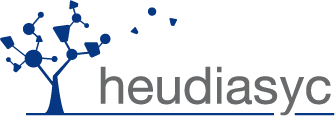Panneau latéral
Ceci est une ancienne révision du document !
Professor at the French University of Technology Compiegne (UTC), in a CNRS Lab Heudiasyc
Indira Mouttapa Thouvenin, is a researcher in the field of virtual reality and knowledge engineering.
After his engineering school in computer science, she started to study biophysics at the University Paris 6 when she was 21 years old. She got his PhD in Biophysics in 1989. She worked on Doppler signal spectral analysis and developed a patent with INSERM (Medical National Research Institute) for cardiac echography.
Then she worked on Computer Graphics and Virtual Reality
at the Institut Image ENSAM (Cluny). She joined the UTC on 2001 and is now focusing her research on Informed Virtual Environments, exploring a new concept of interactive experiences in virtual worlds. This concept is based on the Enaction paradigm, inspired by cognitive sciences. Knowledge based models and sensori motor interfaces provide powerful and innovative models to design virtual environments.
Indira is also considering objectivation of gesture in Virtual Informed Environments
with the technical evolution of 3D interaction interfaces such as the WII (Nintendo). She develops bridges between knowledge engineering, virtual reality and cognitive sciences to create new forms of representations and support rich perceptions in virtual worlds. Her teaching activity at the UTC is an initiation and an open workshop to experiment this scientific field. She encourages her students to create new models, tools and applications linking a high level of technology and augmented human experience with these systems.
Industrial applications in training, designing and manufacturing products with Informed Virtual Environments
give her a strong platform to collaborate with companies. This activity is closely related to the UTC tradition of innovation and technology transfert.
She is member of AFRV and part of numerous scientific committees in Virtual Reality international conferences.




